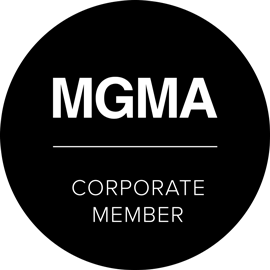If HIPAA-compliance concerns are keeping you up nights, you’re not alone. Complying with HIPAA regulations has been a challenge since the first national privacy standards were implemented in 1996. Omnibus Rule updates have only made HIPAA compliance more complex and much more time-consuming, particularly for smaller physician and dental practices.
Aside from the desire to safeguard your patients’ privacy, the high cost of litigation and audit failure make devoting staff resources to HIPAA compliance essential. There’s nothing you can do to prevent the unwelcome but necessary reallocation of staff time away from other important duties, but Dentistry IQ recently noted a few tricks you can use to help streamline HIPAA compliance procedures at any medical practice.
1. Designate one staff member to serve as your HIPAA-compliance or privacy officer. Consolidating primary responsibility for all HIPAA-compliance policies, procedures, inquiries, records and audits with one person provides a clear chain of command for creating, posting and distributing, ensures a consistent approach and message and takes the pressure off other staff members. Your office manager or another staff member should also be trained to back up your primary HIPAA compliance officer during absences or vacations.
2. Review current medical office policies and daily procedures for HIPAA compliance. Due to the HIPAA’s broad scope, you may have to develop new policies and procedures. During this phase, your compliance officer may find it valuable to solicit suggestions from other staff members. Commit final policies and procedures to writing with distribution to your entire staff to ensure that everyone is on the same page.
Among the issues you’ll want to address are:
Data backup and recovery plans
Security procedures, including message security
HIPAA compliance of business associates
Risk management process
Breach reporting procedures
Ongoing staff training
To be continued





